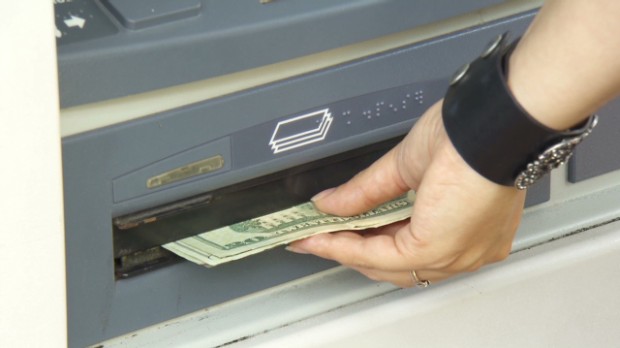That said, For
d's Q1 performance was a lot better than its earnings showed. This allowed Ford to maintain its full-year guidance for pre-tax profit of $7-$8 billion. Moreover, Ford's multiple key product launches in 2014 will put it in position to produce record earnings in 2015.
Areas of strength
While Ford's overall earnings performance fell short of expectations, the company posted very good results in two key regions: Europe and Asia-Pacific. In Europe, sales volume grew 11%, and revenue grew 18% thanks to a rebound in the auto market and favorable currency fluctuations. This helped Ford reduce its pre-tax loss in Europe from $425 million to $194 million.
Most importantly, Ford is slowly regaining market share in Europe. This, combined with the company's plans to close its underutilized factory in Genk, Belgium, at the end of 2014, puts it in on track to return to profitability in Europe next year.
Meanwhile, Ford posted a $291 million profit in the Asia-Pacific region last quarter, whereas it lost money in Q1 2013. This represented an outstanding 11.1% operating margin.
Ford's strong performance in the Asia-Pacific region was mainly attributable to its surging market share in China. In China, Ford's wholesale volume climbed 45% last quarter, driven by continued strength in the compact car segment and a strong line-up of crossovers and SUVs.
CFO Bob Shanks warned that Asia-Pacific profits would not be quite so high for the rest of the year. The company is opening new factories in the region later this year, and those will bring start-up costs that did not exist in Q1. However, looking ahead a few years, the Asia-Pacific region will become a major contributor to Ford's overall profitability.
The two big headwinds
Ford ! faced two major headwinds last quarter that more than offset the improvements in Europe and Asia-Pacific. First, in North America, Ford increased its warranty reserves by about $400 million. This was a non-cash charge based on a change in Ford's estimates of the likelihood and cost of future recalls.
While the warranty reserve accrual was not exactly a one-time charge, Ford executives noted that the size of the accrual was unusually large. If Ford's cars require fewer recalls in the next several years, some or all of this amount could be reversed.
Second, Ford recorded a $400 million charge last quarter to reflect the change in the value of its balance sheet caused by currency devaluations in South America, primarily in Venezuela. These two unusual factors (along with a smaller headwind from extreme weather in North America) reduced Ford's pre-tax profit by about $900 million. Without these headwinds, Ford's earnings would have grown year over year.
Foolish final thoughts
Ford has certainly lost some momentum in North America this year because of more aggressive pricing and new product launches by some of its rivals. However, by and large, it is in good shape considering where it is in the product cycle: Ford plans to launch 16 new vehicles in North America in 2014, compared to just five last year.
The launch of the 2015 Ford F-150 later this year will be particularly critical for returning Ford to profit growth in North America. The new F-150 is expected to offer a big improvement in fuel economy because of its higher use of lightweight aluminum, which could potentially allow Ford to increase its already-strong pickup profit margin.
A rebound in Ford's profitability in North America -- combined with its growing momentum in Europe and Asia -- will position the company for strong profit growth next year. Patient investors will be the beneficiaries.
The Motley Fool is a USA TODAY content partner offering financial news, analysis and commentary designed to help peo! ple take ! control of their financial lives. Its content is produced independently of USA TODAY.
<SCRIPT language='JavaScript1.1'SRC="http://ad.doubleclick.net/adj/N4538.USAToday/B2304017.8;abr=!ie;sz=550x300;ord=[timestamp]?"></SCRIPT><NOSCRIPT><AHREF="http://ad.doubleclick.net/jump/N4538.USAToday/B2304017.8;abr=!ie4;abr=!ie5;sz=550x300;ord=[timestamp]?"><IMGSRC="http://ad.doubleclick.net/ad/N4538.USAToday/B2304017.8;abr=!ie4;abr=!ie5;sz=550x300;ord=[timestamp]?" BORDER=0 WIDTH=550 HEIGHT=300ALT="Advertisement"></A></NOSCRIPT>


 Don't give Uncle Sam a 0% loan
Don't give Uncle Sam a 0% loan 




